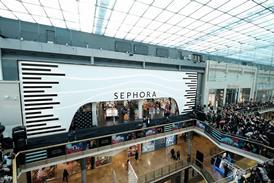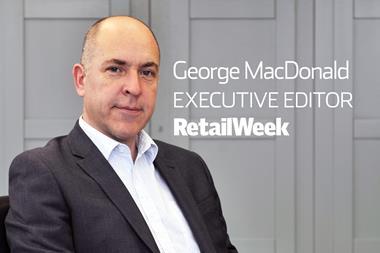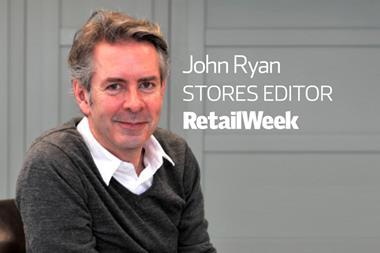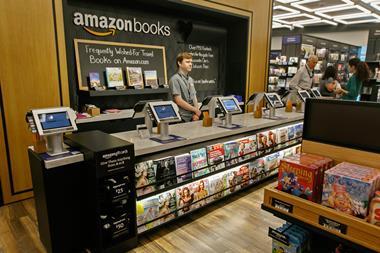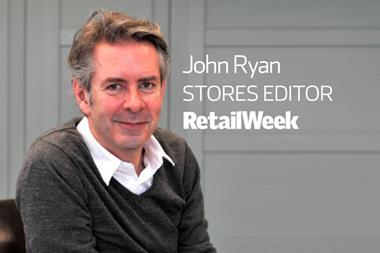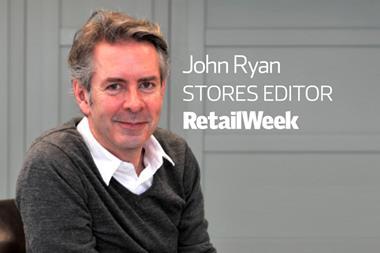Rupert Naylor, head of EMEA at APT, a Mastercard company, shares his insights on how retailers can improve their offerings and innovate across channels.
As retailers face increasing online competition and shifting consumer preferences, they are innovating to remain competitive.
To evolve their offerings and differentiate themselves, many are embracing strategies such as implementing new technologies and revamping their in-store experience.
“Retailers need to think like Disney World: it is the experience people pay for”
Based on experience working with leading retailers globally and a recent Mastercard report incorporating research and analysis from The Economist Intelligence Unit, here are three trends to watch:
1. Give shoppers a reason to visit the store
Retailers need to think like Disney World: it is the experience that people pay for. You can buy goods in a variety of ways, but in store is the only way you can truly experience them.
In response to online competition, bricks-and-mortar retailers are ramping up their in-store experience strategies to drive traffic: 70% of retailers are investing in staff training, 80% offer (or plan to offer) space for in-store demos and events, and 68% are increasing their product range.
While retailers hope to drive traffic to stores, grow baskets and build engagement with their brand by introducing elements that are only available in person, as with any initiative, success is not a guarantee.
Retailers must ensure that new experiential strategies drive incremental sales and justify the space trade-offs – and carefully determine how these initiatives affect business decisions around staffing levels, employee specialisation and personalised communication.
2. Blur the lines between online and offline
In addition to turning physical stores into experiential destinations, retailers are blurring the lines between online and bricks-and-mortar retail by enhancing omnichannel offerings with ever-faster delivery options.
While only 40% of retailers have merged online and offline channels so far through omnichannel options such as click and collect, an additional 34% plan to do so in the coming years.
Any new service or product has implications across all channels, yet measuring the omnichannel impact of new initiatives is challenging.
“While only 40% of retailers have merged online and offline channels so far through omnichannel options such as click and collect, an additional 34% plan to do so”
Without accurately analysing the total channel impact of new innovations retailers risk losing share to the competition.
3. Subscribe for success
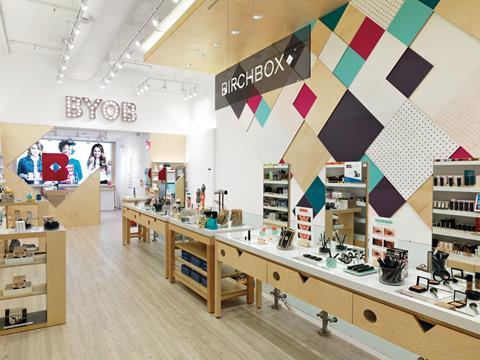
On the heels of subscription pioneers such as Netflix, retailers like Stitch Fix, Birchbox and HelloFresh have followed suit, creating new recurring revenue streams in the process.
Subscription services necessitate focusing on key performance metrics beyond sales comps, including customer acquisition and retention, making strong analytical capabilities a key ingredient for success.
To win in this space, retailers must use these capabilities to tailor customer communication for new, current and lapsed customer segments.
“Subscription retailers that come out on top will know how to best maximise total sales, design customer communication and build basket size”
With many subscription boxes offering a discounted rate for new customers, retailers must also measure the long-term effect of these initiatives on shopper loyalty.
Subscription retailers that come out on top will know how to best maximise total sales, design customer communication and build basket size.
These three trends are just the start – new channels and customer touchpoints will continue to emerge, and each one will bring new operational and analytical considerations.
For each new opportunity, retailers must truly understand the impact on profits, customer metrics and channels to drive growth for the business.

Rupert Naylor is head of Europe, Middle East and Africa at APT, a Mastercard company
Rupert Naylor works with a number of leading brands, including Dixons Carphone, Boots, Lufthansa, Asda, Costa and many more.
Prior to joining APT, Naylor spent many years at Bain & Company, working in London, Mumbai, Paris and San Francisco.
In his early career, he spent several years in Japan working in banking for Merrill Lynch and telecoms.
Naylor started his career in the UK Government, including a posting at the Embassy in Tokyo.
He was educated at Oxford and is a Sloan Fellow from London Business School.






